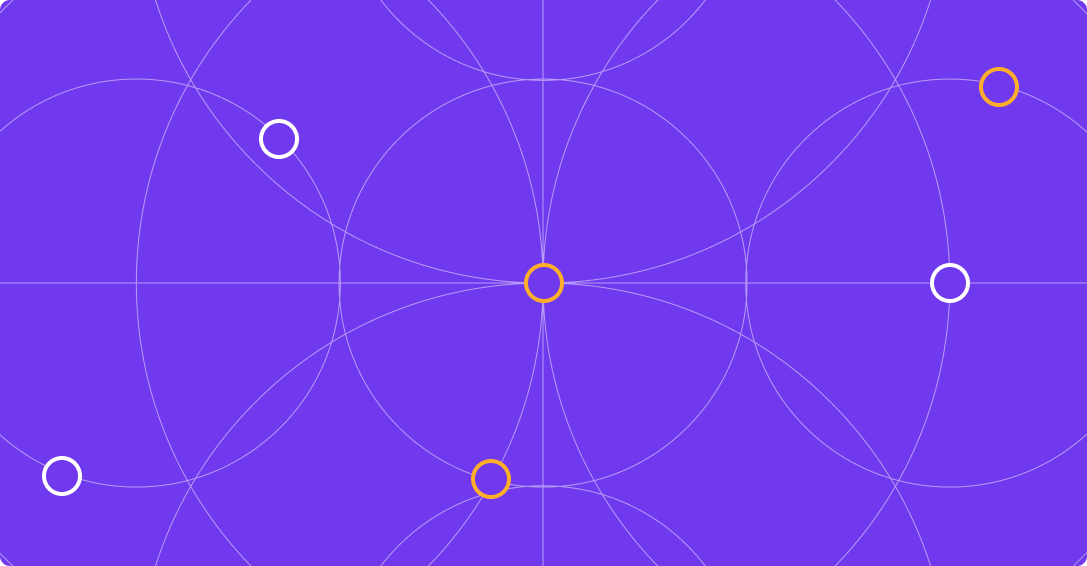In general, the vast technological advance fueled by the Internet has been divided until now into two eras: Web 1.0 and Web 2.0. From roughly 1991 to 2004, Internet technology existed in its Web 1.0 iteration. As described by World Wide Web inventor Tim Berners-Lee, Web 1.0 was largely “read-only.” It allowed web users to search for information and read it, but there was little opportunity for user interaction or content generation.
Web 1.0 websites were company-centric and focused on a unidirectional flow of information to consumers. A variety of other traits characterize Web 1.0 pages including, for example, static design.
Web 2.0 is distinguished from its predecessor in a number of ways but primarily by its encouragement of user engagement, what Berners-Lee calls the “read-write” web. Online companies like YouTube and Twitter are Web 2.0. This version of the web also saw the development of the application programming interface (API) economy, which enabled automated usage of site services via web app. Other features include dynamic content, and folksonomy, which is the free classification of information by enabling users to collectively classify information via tagging of images, videos, links, etc. This era of development saw the web become a platform for user generation content. In theory, Web 2.0 still continues to this day.



